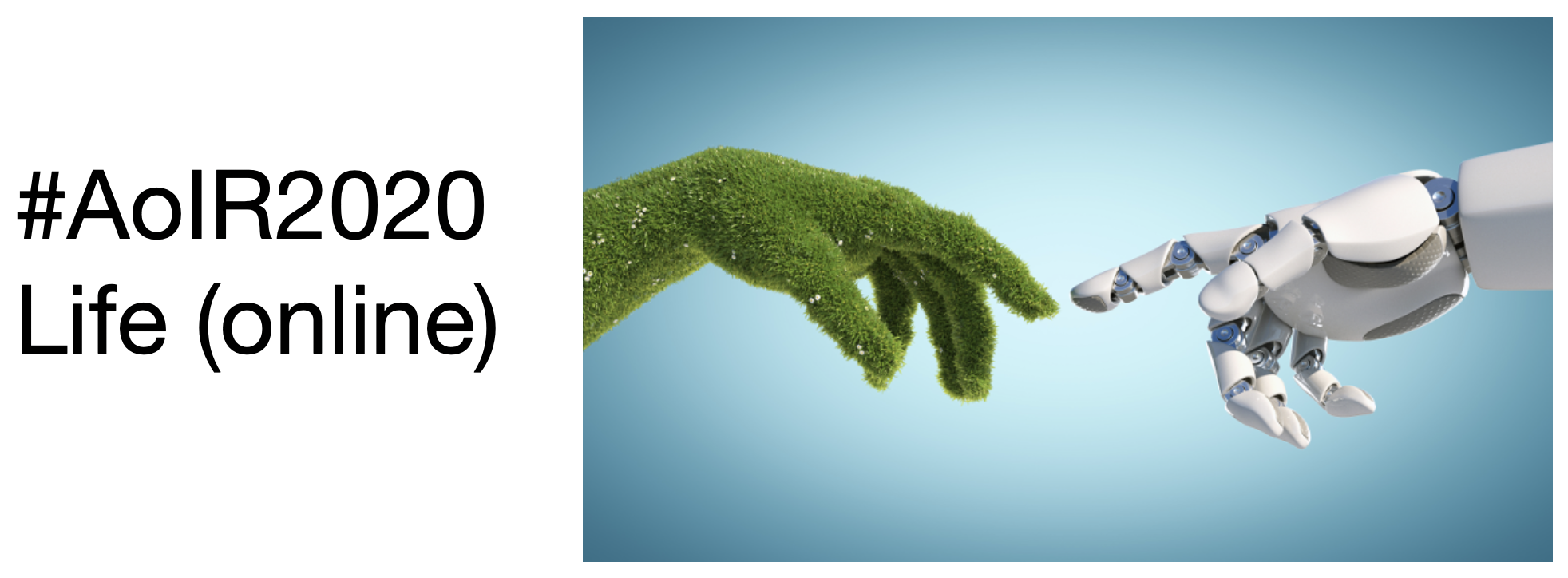GOING IN A DIFFERENT DIRECTION: CRITICAL ARTS-BASED APPROACHES TO GOOGLE MAPS
DOI:
https://doi.org/10.5210/spir.v2020i0.11293Palabras clave:
wayfinding, Google Maps, location-awareness, arts-based research, alternative methodologiesResumen
These days, wayfinding is often associated with ‘asking’ Google Maps for directions. Over one billion people per month use Google Maps and Google estimates that one-in-three mobile searches is location-related. Whose routes does Google Maps direct one towards and what types of pathways become naturalized? I approached these questions through performance- and drawing-based research. In the early 1960s, artist Stanley Brouwn stood on a street corner in Amsterdam and asked people for directions with pen and paper in hand. Over the course of the project, Brouwn amassed a collection of hand drawn maps. Now, in contemporary conditions of geomedia, I reactivated Brouwn’s work as an exploratory research project in Toronto, New York City, London, and Amsterdam. I also collected drawings and notes, spontaneously produced in situ, which I analyzed in relation to the location-awareness and real-time feedback of digital mapping technologies. The encounters produced notes and drawings that point to the information literacies used in street-level wayfinding and situate these in relation to the mobilities and spatial perceptions prioritised by Google Maps’ interface and affordances. The paper presents a theoretical framework to assess the types of calibrations at play when proprietary mapping platforms broker spatial information. The paper uses alternative research methods to explore how Google Maps is more than a guide but an orientation towards a Google spatial imaginary while at the same time complicated by the ad hoc layering of other wayfinding strategies.

